… yet you do not know what tomorrow will bring. What is your life? For you are a mist that appears for a little time and then vanishes.
James 4:14
So I took a photography class at UNC for the last couple of months, and I have to say, photography is complicated! I learned a whole lot since my understanding of photography was pretty much point-focus-exposure-shoot and that was about it. No idea about the methods or the details about what things like aperture meant or the terminology and things to consider when photographing. I got to borrow a DSLR (Canon EOS D60) from the school for the duration of the class so I also got some cool shots which I’ll put here also.
The class itself
The class being a summer studio class, met every day for 3 hours a day in Chapel Hill. Which is good, since it got me out of bed and out of the house which I desperately needed to do. The class attracted all sorts of personalities, from the typical liberal arts student who was just trying to get their general education requirements out of the way to a journalism major looking to supplement their photojournalism and then le artiste who just are very eccentric artist personalities and things. It was quite the personality. The teacher, Mike, was a super chill MFA student.
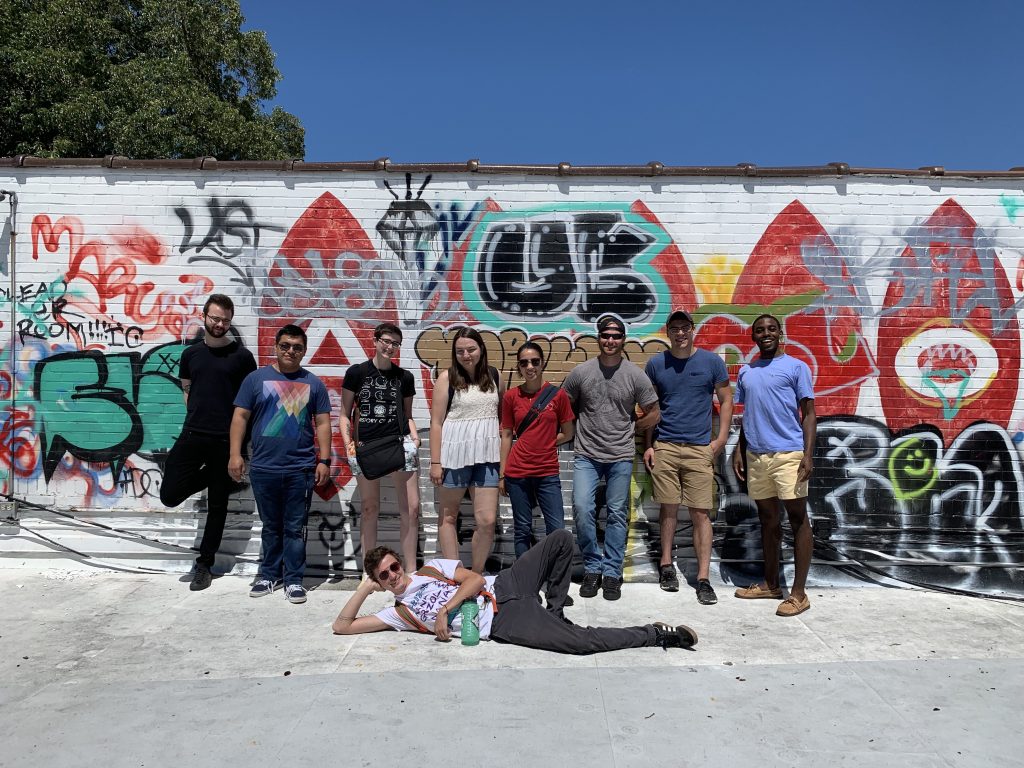
Get learned
The class was focused on digital photography (UNC offers a separate darkroom class), so I got to borrow and learn how to use a DSLR camera. Manual mode only! Which means you can set the settings of the camera to take the photo you want. It’s helpful to know this stuff because while auto mode is great, the camera can’t read your mind and it just takes a photo that it thinks is good. Which is not always the photo you think is good.
The characteristics of a photograph
The first project we had focused on the aspects of a photograph. According to some guy named John Szarkowski in his essay “The Photograph’s Eye,” there are six aspects of a photograph that come together to make up the photo. Those things are:
- The thing itself
- The detail
- The frame
- Time
- Vantage point
- Light

The thing itself talks about the subject that you might be photographing. In our project’s case, a cardboard box. You just had to take a photo that pretty much just showed off the box, plain and simple.
The detail is pretty self-explanatory. If you zoom close up to the subject, you’ll see a lot of things you wouldn’t normally. You can also select what kinds of details you leave in and leave out.
The frame is the way you cut the borders of the photograph. You can include a lot of information and you can exclude a lot of information. Additionally, the way you line up stuff within the frame of the photo can change the way it looks.
Time is kind of an interesting concept. You think that photographs capture an instant, but really they always capture a length of time, no matter how perceptively small. You can also capture a long time with a photograph with long exposures. Either way, time is still a part of a photograph, whether a snapshot or a long time thing.
Light is light. Probably one of the more obvious ones, you can use light and shadow to cast a mood or create light trails or select what is the focus of the photograph.

Technical aspects of a photograph
A lot of settings on the camera have different uses, many of which overlap, so you have to often adjust all three to get the exposure you want. ISO, shutter speed, and aperture are the three points that make up the “exposure triangle.”
ISO
The term ISO doesn’t actually mean anything photographically. It’s just because the International Organization for Standardization which developed the current film standard for photography is called ISO, which is actually NOT from the name, but rather from the Greek work “isos” meaning “equal.” But I digress.
ISO is basically “sensitivity” of a film. Within a digital camera that doesn’t use film, this is achieved by some sort of digital light amplification. The higher the ISO, the more light sensitive the photograph will be, but overall the image will be more grainy the higher the ISO. In general, the best idea is to go as low as you can to achieve better clarity, especially in lighting conditions where you don’t need that extra help. Mike says to try and avoid going over ISO 800. Typically, the lowest you can go on any camera is about ISO 100, which is dark, but works really well for outdoorsy pics.
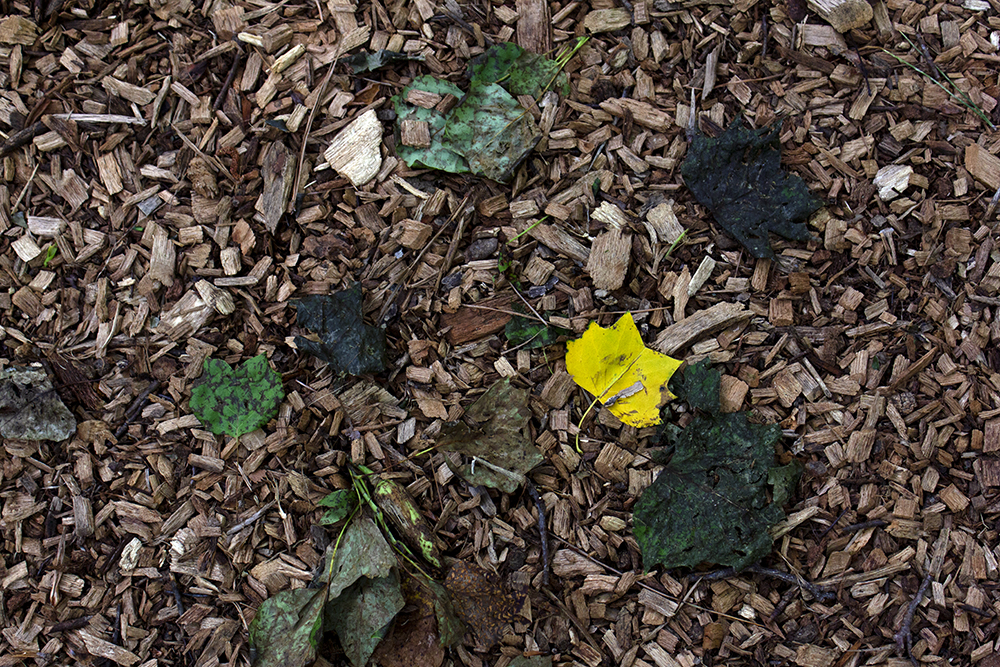
Shutter speed
Shutter speed talks about how long the window to the camera is open to let light in and take the photograph. The less time the shutter is open, the less light gets let in and the darker the photograph. Longer time open (slower shutter speed) means more light, but movement will cause a photo to be blurry (though you could also use this to your advantage). Shutter speed is measured in seconds, with most common shutter speeds being fractions of a second (say, 1/2000th of a second for a brightly lit outdoor picture). Speeds longer than one second are usually denoted by a ” (3″ being three seconds), and minutes being denoted by a single ‘ (1’ 20″ for one minute, twenty seconds).
Aperture

Aperture was the one thing that I really didn’t grasp before the start of this class, but it deals with how big the window is when the shutter opens. A big window lets in a lot of light, but because PHYSICS the light coming in from farther away will become more diffuse, causing you to have a shallow depth of field (focus). A smaller aperture will give you a deeper depth of field, allowing for more things to stay in focus. They have their different uses. Portraits are usually done with shallow depths of field (large aperture) to put focus on face and blur the background, and landscape photos are done with deeper depths of field (small aperture) in order to capture the full majesty of the scenery.
Aperture is measured in this weird measurement called an f-stop. It has something to do with the area of the opening and how it affects focal length (optics!). f/1.8 is a pretty standard “big open aperture” for your up-close shots, and it kinda goes up by some mathy mathy factor of root-2 or something. f/8 is like your standard landscapey photo.
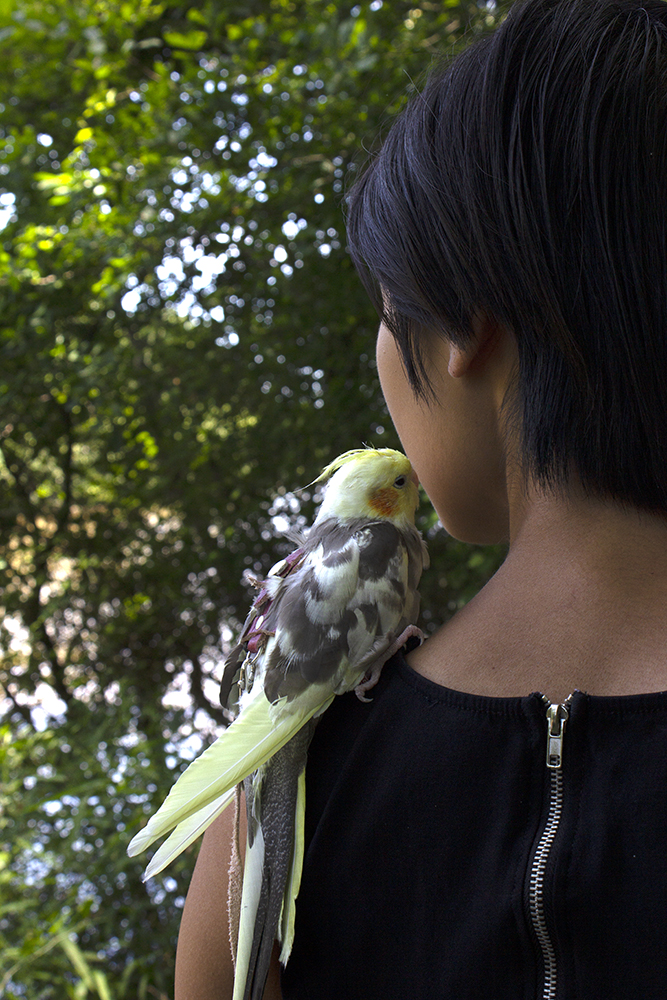
Editing photos
Anyway we had to adjust those things to try and get shots that we wanted, then edit them in Photoshop for lighting and things. I really enjoyed the editing portion, because it helped to know that it’s actually better to underexpose a photo and bring up the light in Photoshop because the information “is all there” vs. a photo that’s overexposed, which would have all that information be washed out by excessive light.
Learned some stuff about adjustment layers and how to do “nondestructive editing” meaning you leave the original photo intact in case you want to go back and edit. I also learned that printing can be a huge pain because there are a lot of ways that ink interacts differently with paper than it does on the screen, so you end up having to print multiple times on your precious photo paper to eliminate color cast and things.
I did submit this photo of Tobi as a NASA astronaut for one of my photo editing assignments that was meant to combine two images.
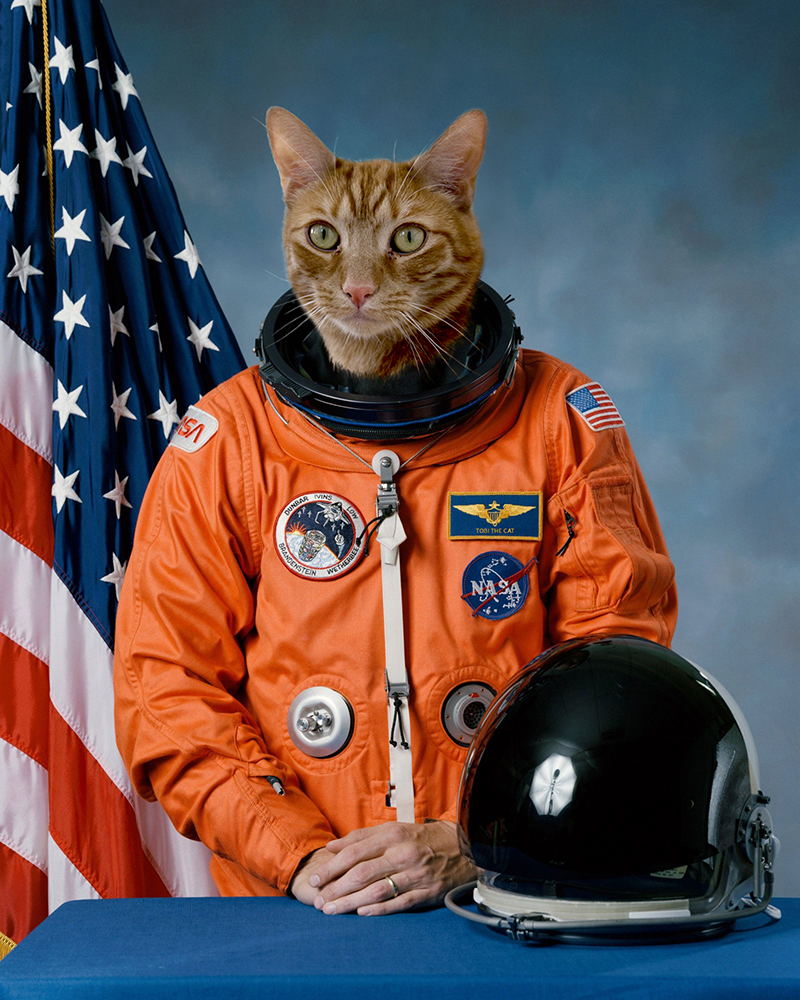
Some more work
People asked to see some of the photos I took, so here’s some random ones. Photography is an art of reduction, says my teacher. You take a lot of photos, then reduce them down to the best ones by curating and editing.
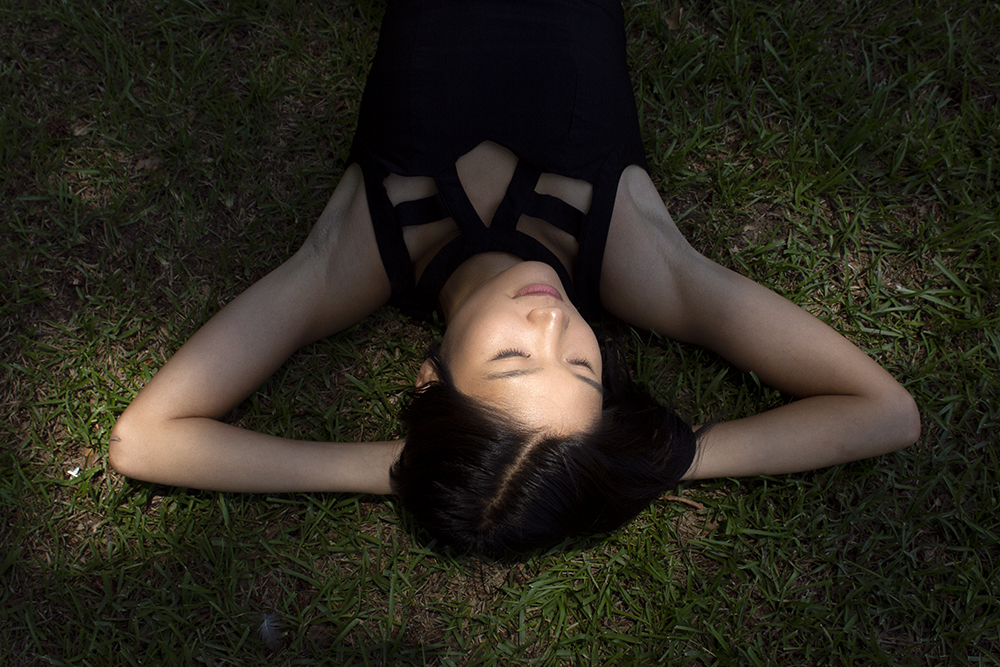
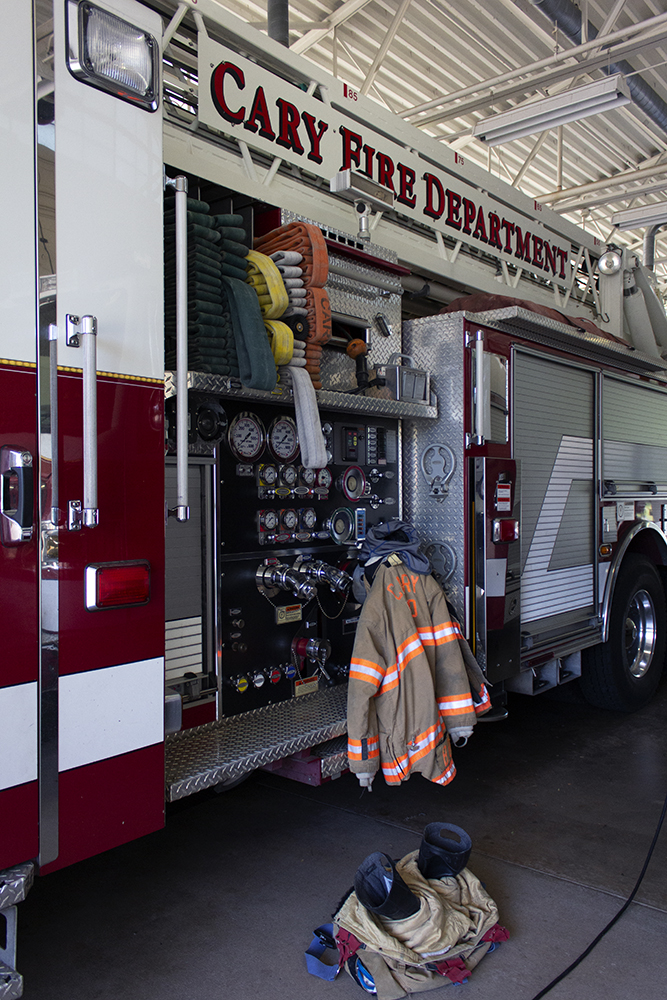
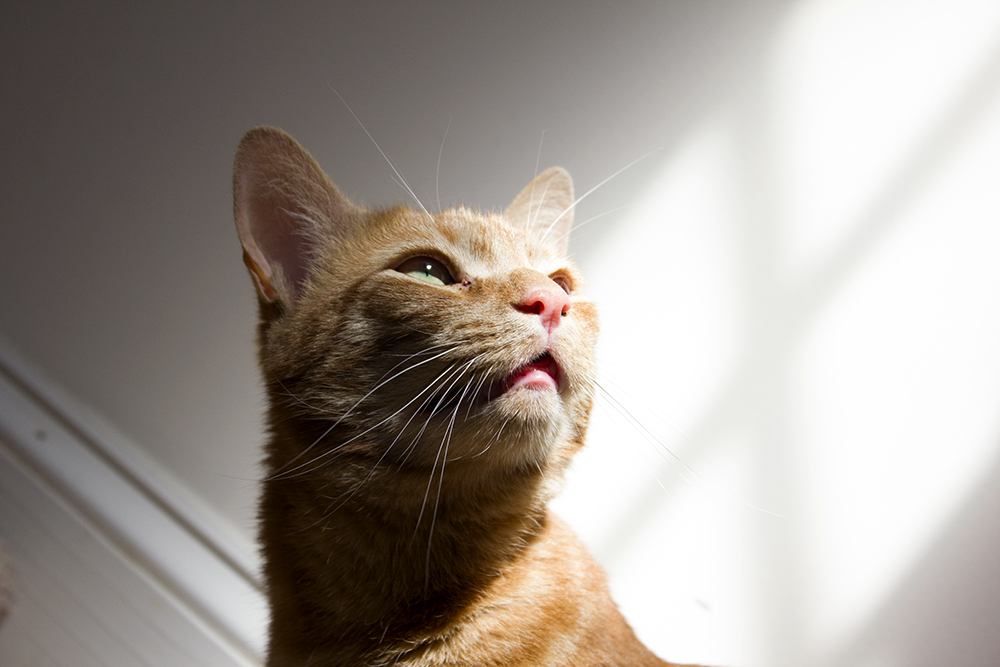
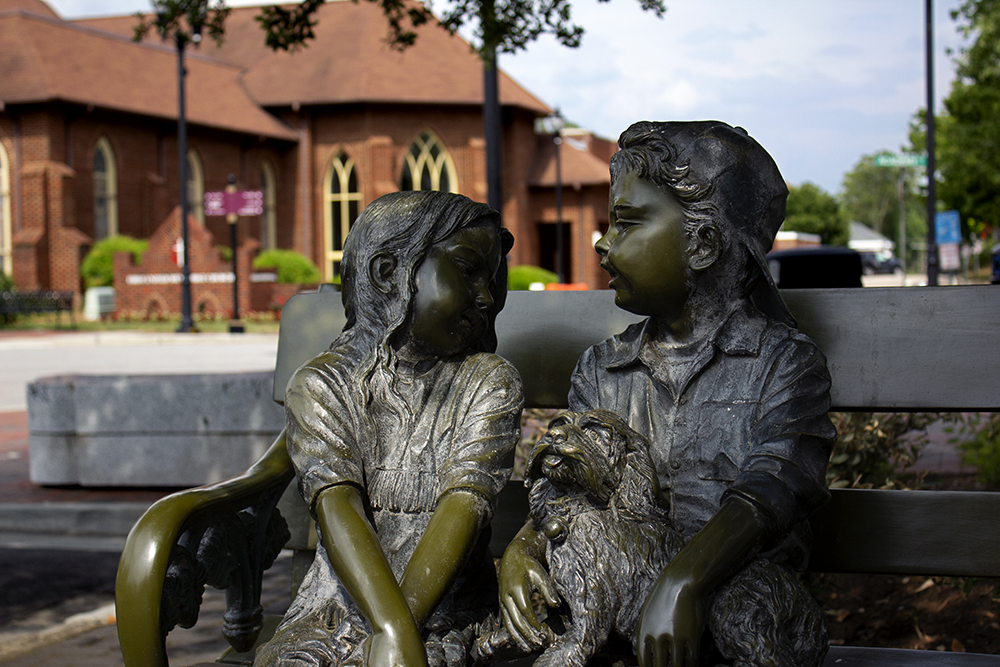

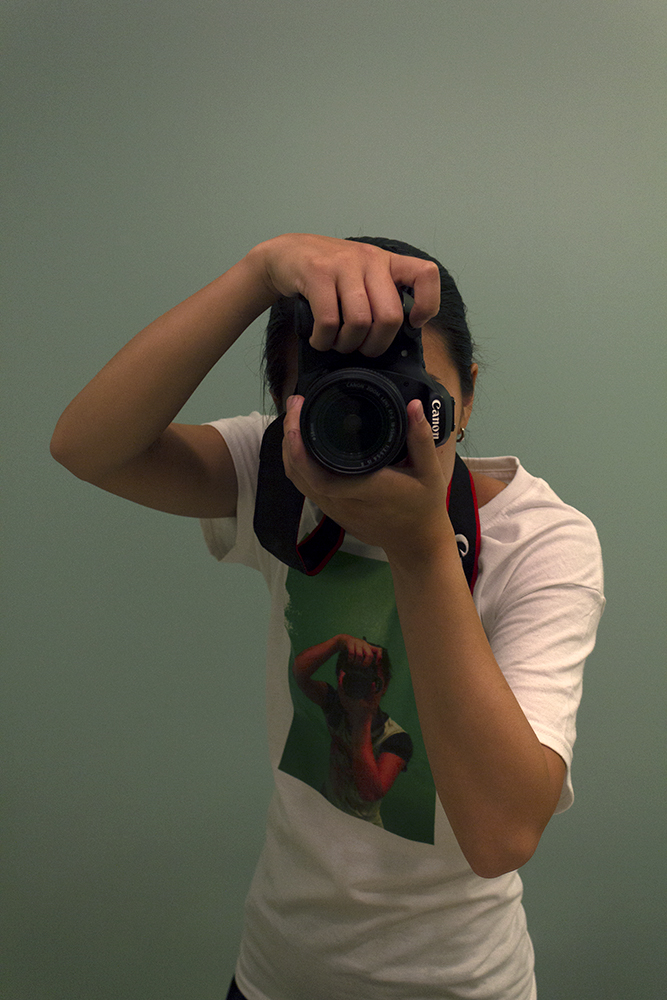
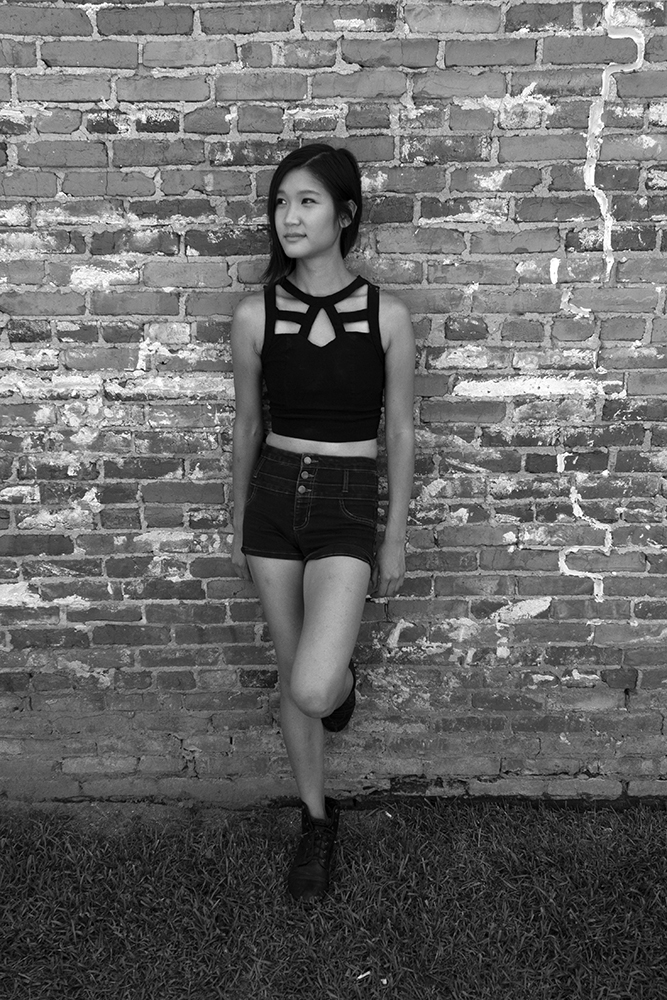
That’s all those photos for now.
Life update
I got a job! I’m starting the week after Independence Day (July 8th). I’ll be working at NC State’s vet hospital, doing the same good old micro lab work but with ANIMALS!!!!! I’m so excited. NC State has one of the best veterinary medicine programs in the country, so I’ll be able to see and learn a lot (plus, animal patients mean waaaay lower occupational hazard).
BONUS THOUGH: They have a walking blood bank for cats, which is just a room full of cats that act as blood donors when they need them for surgeries, like how we had crew donors on the ship when we needed blood. I’m told I can go hang out with them on my break times, I am so S T O K E D.
Plus, the pay, retirement, hours, and everything are so good! Since it’s in Raleigh, I’ll be staying with my parents in Cary since it’s so close. Which means I’m finally unpacking all my boxes and things from when I moved… in November (lol). I’ve so far at least gotten through the clothes, cleaned out a lot of my closet, and replaced the clothes I’ve had since elementary school (and somehow still fit in…) with clothes that are a bit more fitting (though they’re still just a lot of t-shirts and jeans).
It’s a huge relief to have a job and something to look forward to. As much as I love spending my time sleeping in and staying at home, I think this will be good to get my life back on track. It feels like a lot of things have been on pause lately, including my spiritual life, but slowly things are starting to ramp back up and I’m really excited to see where God leads me next.
Jasmin

Congratulations! Jasmine, Im happy for you!